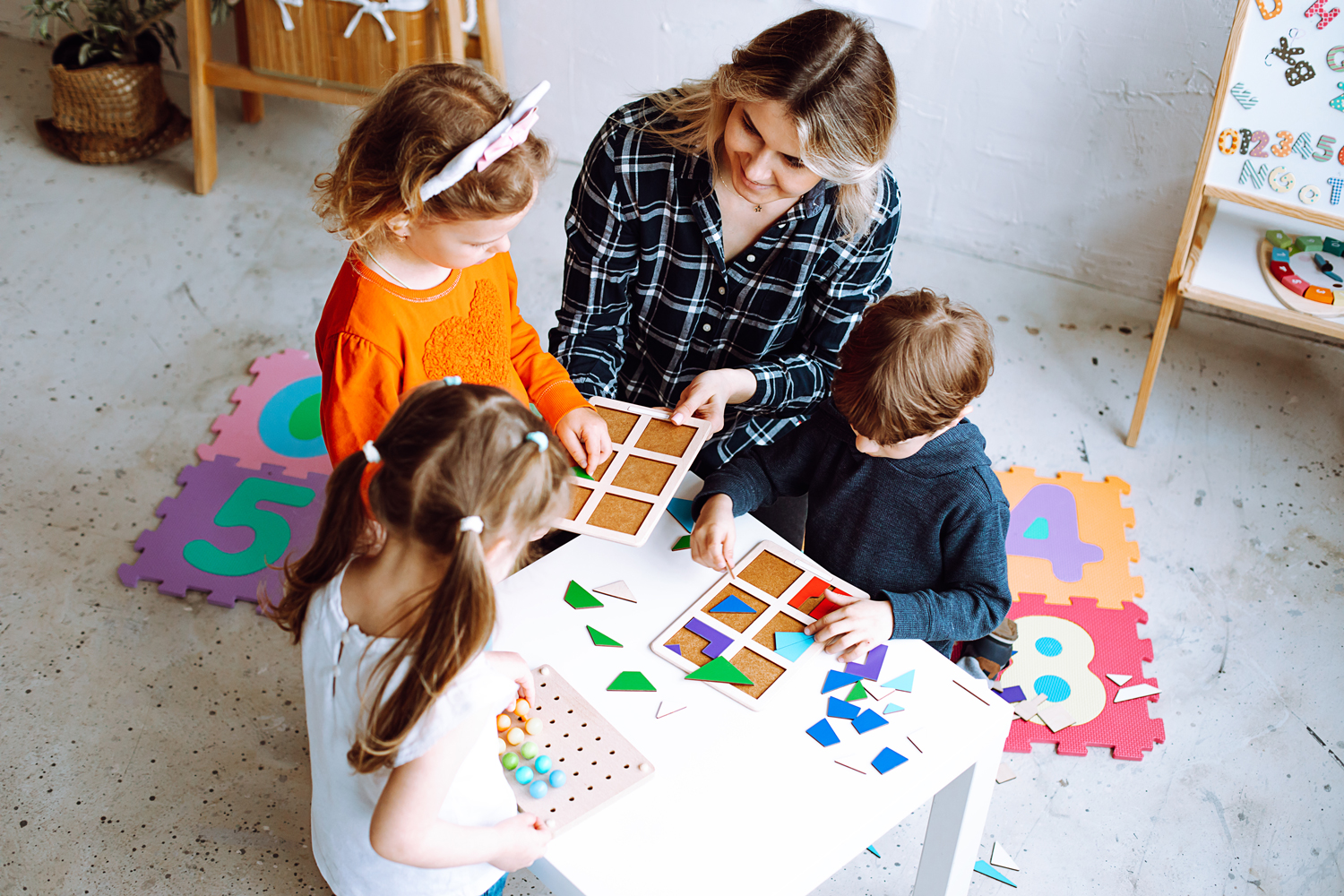Tips for Supporting Dual Language Learners in Early Childhood Settings

It’s estimated that over half of the world’s population is bilingual or multilingual, which means that many children are exposed to two languages (or more) from a young age [1]. These children are known as dual language learners (DLLs), and many of them have a home language that is different from the language they hear at daycare or preschool. These children are also sometimes referred to as “English language learners”.
Some things to know about dual language learners:
- Approximately one quarter of American DLL children live in low-income homes, which puts them at greater risk for difficulties with language and literacy [2]
- DLLs who have speech, language or literacy difficulties are at risk of not being identified or being identified late [3]
- DLLs may experience feelings of isolation, confusion, and frustration [4]
- There’s a shortage of bilingual early childhood professionals to support the growing population young DLLs [1]
It can be challenging to know how best to support DLLs in early childhood settings, especially if you don’t speak a child’s home language. Here are four tips to create an environment that supports the language development of young DLLs in the classroom.
1. Encourage parents and caregivers to support the child’s home language
The best way to help children learn a new language is to support their development of their first language. Therefore, children who are learning a language at home that is different from the language spoken in the classroom need as much exposure to their home language as possible. When parents ask for advice about which language they should speak to their child, they should be encouraged to speak their home language [1]. By speaking to their child in their home language, they will be laying the foundation for their child to learn a second language. Parents also have better interactions with their child when they communicate in the language most comfortable for them.
2. Incorporate the child’s home language into the classroom
If you happen to speak a child’s home language, using that language in the classroom will support the development of the child’s home language. Using the child’s home language also increases the child’s comfort in the classroom and reduces feelings of isolation. But even if you don’t, there are ways to promote the child’s home language in the classroom, such as:
- Asking parents to provide a list of key words in the home language to help communicate basic needs (e.g., “come,” “bathroom,” “lunchtime”) [5]
- Playing recordings of songs and rhymes in the child’s home language [5]
- Pairing up children who speak the same home language
- Enlisting the help of volunteers or community members who speak the home language to participate in some classroom activities [1]
- Including props for pretend play that contain written text in the child’s home language, such as menus or empty food packaging [5]
3. Encourage interaction and communication by being “responsive”
All children, no matter what language(s) they are exposed to, learn best during positive, responsive interactions during their everyday activities with supportive caregivers.
Being responsive involves:
- noticing what a child is interested in by observing and listening carefully
- waiting quietly (without saying anything) for the child to communicate about it in their own way
- responding by building on what the child did or said (matching what you say to the child’s interests)
- then, waiting again to see what the child wants to communicate about next
Being responsive means abandoning your plan and following the child’s lead during interactions. Interacting in this way helps children feel valued and understood, and it builds connection. It also creates an environment in which children are motivated to communicate without feeling pressured to talk.
A recent study looked at all of the strategies educators use (types of “teacher talk”) when interacting with preschool dual language learners. They found that the only strategy that predicted DLLs’ expressive language skills was educators’ use of responsive talk [2]. This highlights the importance of being responsive with dual language learners.
4. Make your language easier to understand
Once you have a responsive interaction going, you can make some simple adjustments to the way you talk to help dual language learners understand what you are saying. A strategy from the Learning Language and Loving It™ program, known as the “4 S’s,” helps you simplify your language for DLLs [7].
The 4 S’s stand for:
- Say Less – use simple sentences with grammar that is not complicated (e.g., you could say “You made a train!” instead of “Your train is so long and it has a red caboose”)
- Stress – emphasize new or important words with your voice (e.g., “That turtle is so slooooooow”)
- Go Slow – slow down your pace a little and pause frequently (but don’t speak so slowly that it sounds unnatural)
- Show – show what words mean by holding up objects, pointing, or using other gestures while you speak (e.g., point to the child’s train when you comment “You made a train!”) or point to the snack table when you say “It’s time for snack.”
Children need to hear words several times and in different situations before they understand, remember, and eventually use them. You can help dual language learners by repeating new words often and in a variety of activities and routines.
You can learn more about the 4 S’s here.
Hanen Programs for Supporting Dual Language Learners
The Learning Language and Loving It™ Program helps educators support all of the children in their classrooms, including dual language learners. Educators learn how to engage children in responsive interactions and to provide fine-tuned language input based on children’s needs.
Similar articles by tag:
Early Childhood Settings | Language Development | Bilingualism | Dual Language Learners
